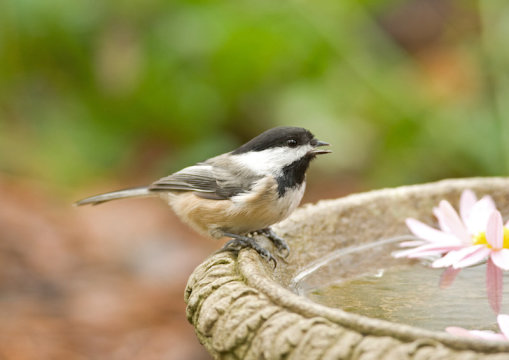[ad_1]
Is there something universal about the sounds we make that allows vocal learners — like songbirds — to figure out how we’re feeling? Sounds like it, according to new research by University of Alberta scientists.
The researchers examined the elements within vocalizations that indicate a level of arousal such as fear or excitement. They found that both humans and black-capped chickadees can detect arousal levels in other species.
“The idea is that some species can understand other species’ vocalizations,” explained Jenna Congdon, PhD student in the Department of Psychology. “For instance, a songbird is able to understand the call of distress of a different type of songbird when they are in the presence of a predator, like an owl or a hawk. Or, for example, if your friend scared you and you screamed. Both of these are high-arousal vocalizations, and being able to understand what that sounds like in a different species can be very useful.”
Sounds like it
Under the supervision of Professor Chris Sturdy, Congdon conducted two experiments, one examining chickadees and another examining humans. In the experiments, participants distinguished between high- and low-arousal vocalizations produced by other species, including alligators, chickadees, elephants, humans, pandas, piglets, ravens, macaques, and tree frogs. Human subjects were able to identify high arousal in different species.
“Black-capped chickadees were also able to identify high arousal in other chickadees, humans, and giant pandas,” said Congdon. “This is fascinating, because a chickadee that has never come across a giant panda before is able to categorize high — and low — arousal vocalizations.”
The scientists suspect that other vocal learners, or species that learn their vocalizations from parents and models in order to survive, have this ability as well. “It is only a small group of species who do this in the world — humans, songbirds, hummingbirds, parrots, bats, whales and dolphins, and elephants,” said Congdon. “If humans and songbirds show an innate ability to understand the vocalizations of other species, would other vocal learners show this same propensity?”
Story Source:
Materials provided by University of Alberta. Original written by Katie Willis. Note: Content may be edited for style and length.
[ad_2]















